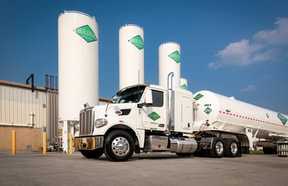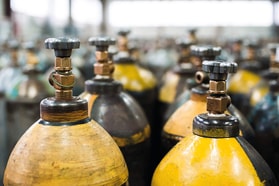Advances in robotic resistance spot welding could backfire
Innovative welding technologies are constantly being developed and evolved to recreate the way metals are used. Robotic welding is just one type which is making an impact on manufacturing.
As Julio Villafuerte, corporate product development manager for CenterLine Limited, based in Ontario, Canada, said: Robotic welding offers many benefits including increased productivity, repeatability, flexibility and networkability. For several years, industrial robots have been used with a number of welding processes including Resistance Spot Welding, Gas Metal Arc Welding and Laser Beam Welding, among others. Over the last two decades, welding robots have evolved to their present configurations; being lighter and much more compact at a lower cost has prompted more and smaller fabricators to find robots more attractive.
The assembly of car bodies is one area where Resistance Spot Welding, a repeatable, fast and economical process, is used. The welding is based on a localised resistive heat at contact surfaces between two metal pieces.
As RSW has evolved, emerging high strength-to-weight ratio materials, for example, advanced high strength steels, aluminium and magnesium alloys are being increasingly used for welded car parts. RSW process control is continually being evaluated to obtain sound joints with these new materials as currently the weldability of the materials is not very good.
... to continue reading you must be subscribed









